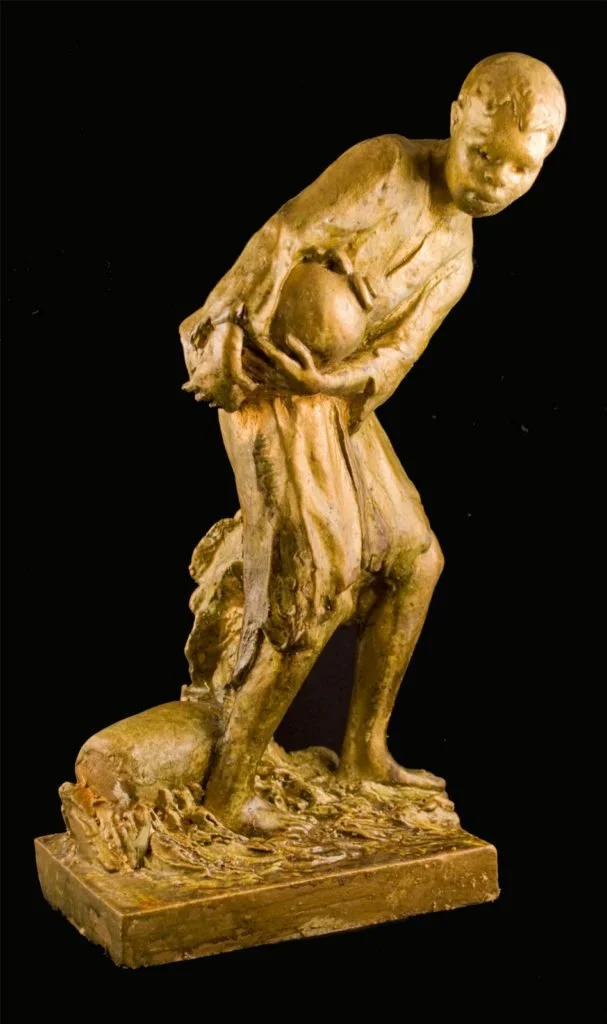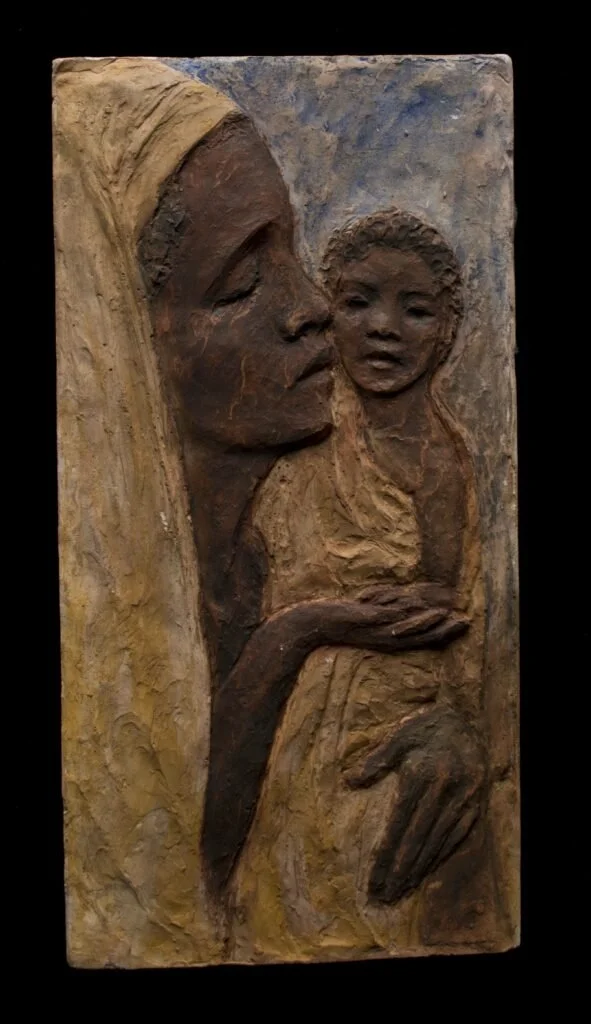Meta Vaux Warrick Fuller: Sculpting the Soul of a People
At the 9th Floor Artists Collective, we honor the visionaries who paved the way for creative resistance and cultural storytelling. This month, we shine a light on Meta Vaux Warrick Fuller (1877–1968), a trailblazing Black woman sculptor whose work gave physical form to Black pride, sorrow, and triumph long before it was widely accepted—or even allowed—in mainstream art institutions.
A Voice of the Harlem Renaissance Before It Began
Meta Vaux Warrick was born in Philadelphia, educated at the Pennsylvania Museum School of Industrial Art, and trained in Paris under masters like Auguste Rodin. It was there that her talents began to soar, and she became known as “the delicate sculptor of horror,” for her emotionally intense and spiritually resonant work.
Upon returning to the U.S., she turned her attention to the African American experience—carving, molding, and casting a vision of Black dignity that few dared to depict. She tackled themes of racial violence, motherhood, struggle, and redemption with striking honesty and a reverence for African heritage.
Sculpting Identity, History, and Healing
Meta’s work carried the weight of collective memory. Pieces like Ethiopia Awakening (1914)—a statue of a Black woman wrapped like an Egyptian mummy, beginning to rise—were more than art. They were cultural declarations.
She was one of the first Black artists to explore Pan-African ideas in sculpture, linking African American identity to a global diaspora. Her sculptures, often deeply emotional and spiritual, made space for mourning and remembrance, but also for hope and rebirth.
Why Meta Vaux Warrick Matters to Us
At the 9th Floor Artists Collective, we lift up Meta’s legacy not only because of her historic significance, but because her work speaks to the transformative power of the arts. She carved more than clay—she carved out space for future generations to imagine themselves free, whole, and worthy.
Cultural education is at the heart of our mission. As a collective rooted in Black creativity, community healing, and social awareness, we draw strength from artists like Meta Vaux Warrick Fuller. Her boldness inspires our own—to teach, to learn, and to create spaces where art is more than a product; it is a process of becoming.
Continuing the Legacy
We invite you to learn more about Meta’s life, her sculptures, and her profound role in shaping American art. Let her work challenge you to think deeply and create boldly. Whether you're an artist, a student, or a neighbor walking through our gallery doors, you are part of this ongoing story.
Art is memory. Art is resistance. Art is liberation.
Let’s keep building.
Meta Vaux Warrick Fuller (1877–1968)
Meta Vaux Warrick Fuller, Waterboy I , 1930, Painted plaster
Meta Vaux Warrick Fuller, Mother and Child, Painted plaster




